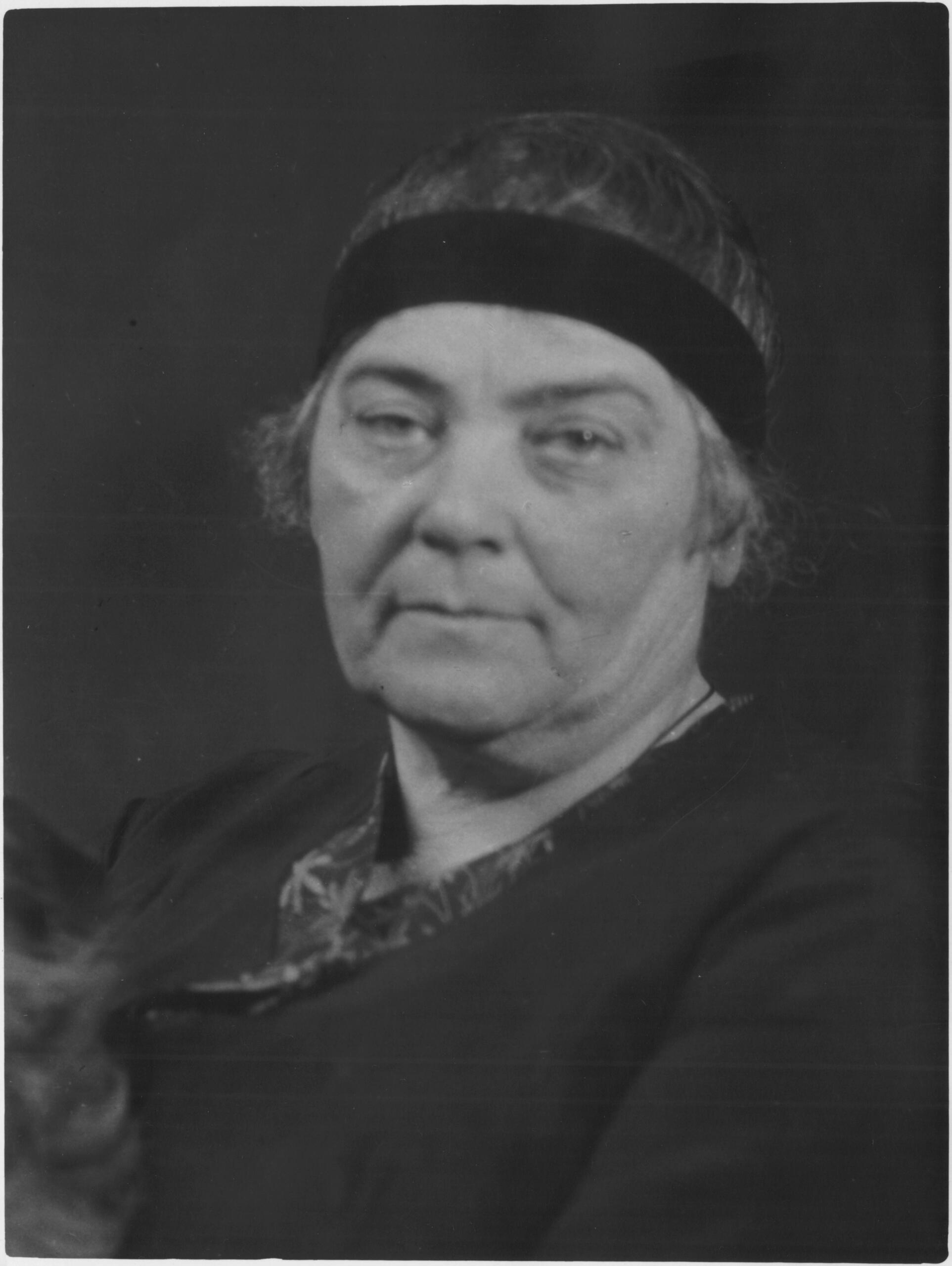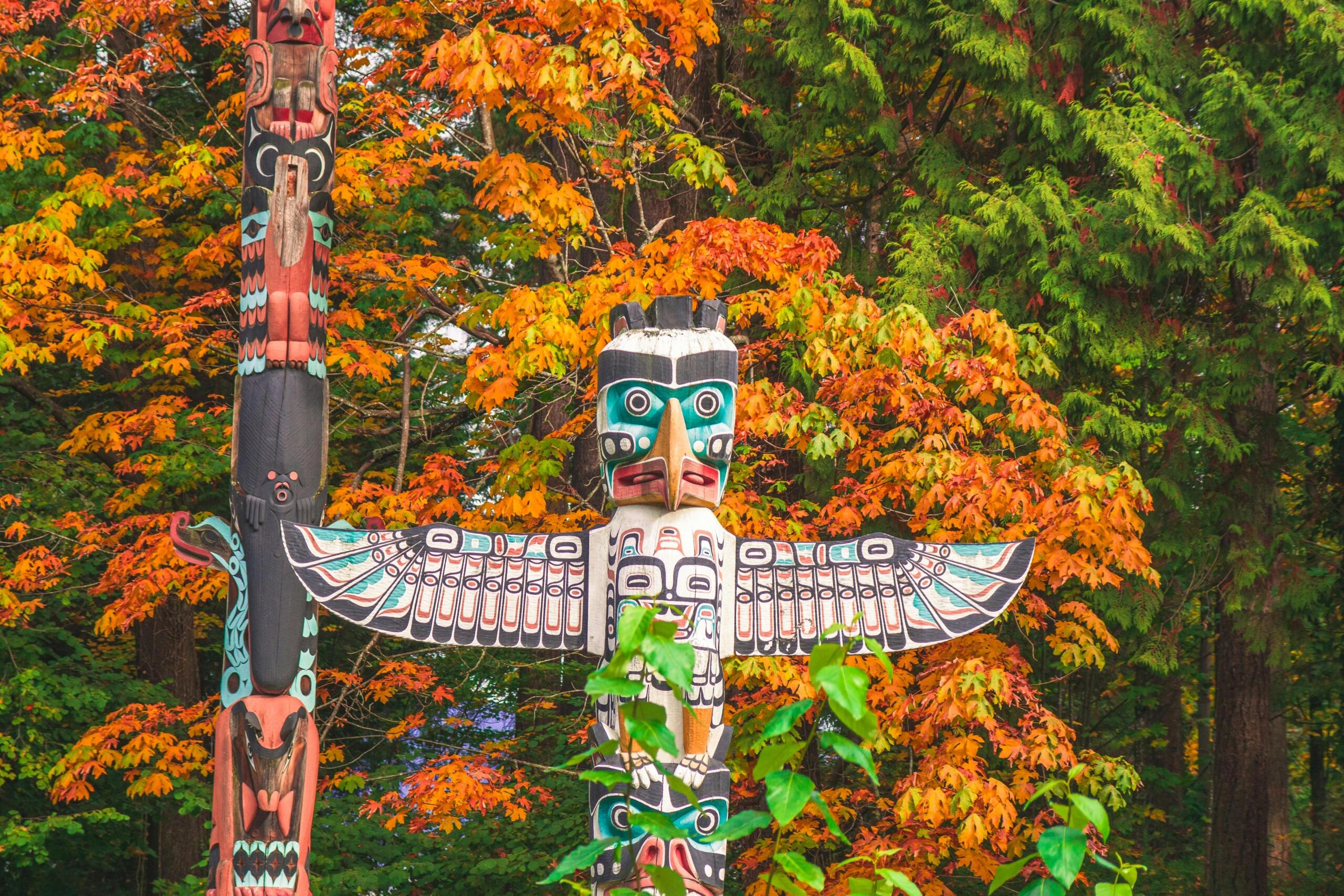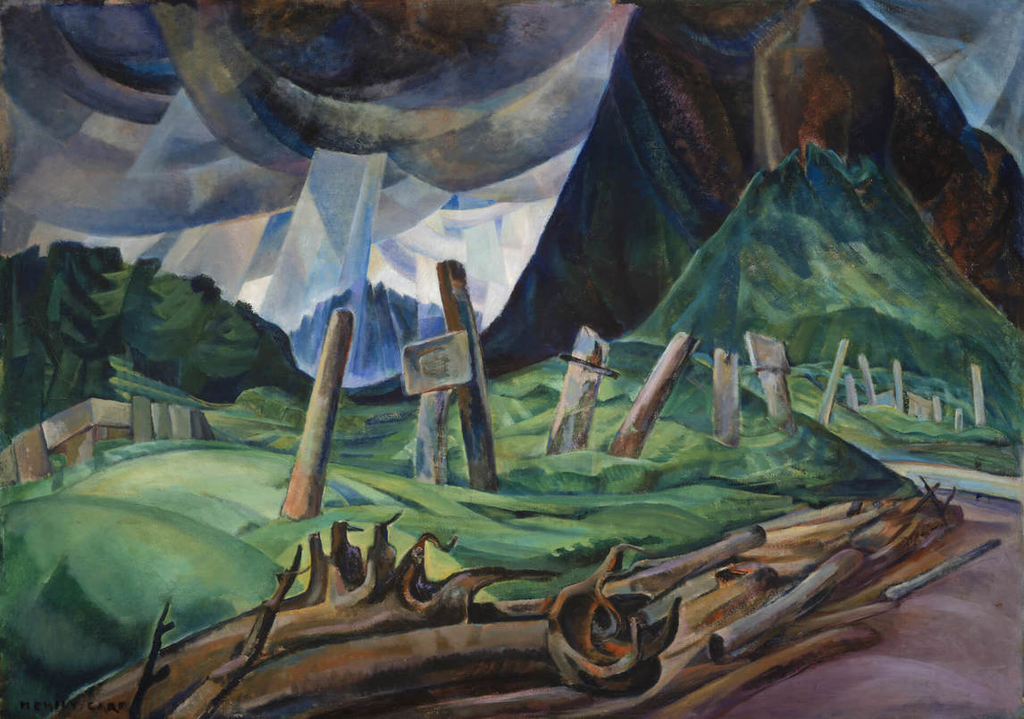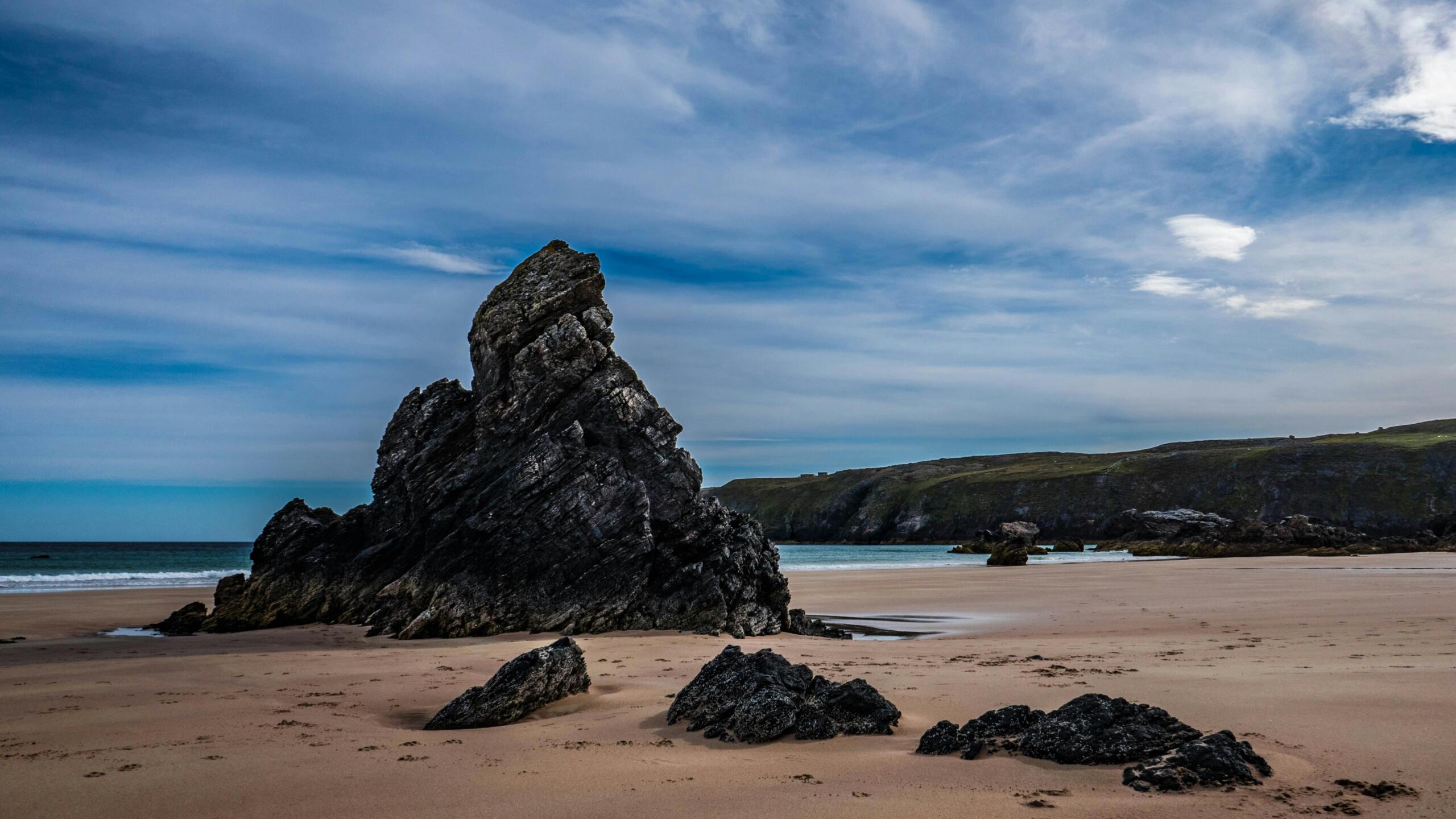Key Takeaways
- Hailing from the West Coast, Emily Carr is one of the most iconic Canadian artists.
- Emily Carr was influenced by her studies in Europe and visits to Indigenous communities in Northern British Columbia.
- Carr was not recognized for her work until she was in her 50s, and she subsequently produced some of her signature pieces of art.
- Canadians continue to be inspired by Carr's quintessential Canadian paintings.
Canadian art has an inextricable connection with nature: with its vast expanses of land and largely unexplored terrain, it is no wonder that so many artists seek to capture the country’s rugged beauty.
Emily Carr is one artist whose work captures quintessentially Canadian landscapes. But make no mistake - her work is more than just paintings of nature. Influenced by modern artistic movements like Fauvism and Impressionism, Carr’s work is deeply connected with creative innovation, not to mention her own interpretations of Indigenous culture and the outdoor world.
It is wonderful to feel the grandness of Canada in the raw.
Emily Carr
This article explores the life and work of Emily Carr. We will focus on her unique style, her most well-known paintings and the influence of Indigenous culture and nature in her work. Let’s get started by learning more about her early life.

Who is Emily Carr?
Born in 1871 in Victoria, British Columbia, Emily Carr was one of the first Canadian artists to incorporate modernist and post-impressionist styles in her work. The second youngest of nine children, Carr’s parents were British immigrants that ensured she was well versed in English manners, values, and order.
Sadly, her parents died of tuberculosis when Emily was just a teenager. She convinced her guardians to enable her to study at the California School of Design in San Francisco, where she learned the basics of painting. She returned home after her program and took up painting in watercolour and taught art to children.
Though Carr had no artist role models growing up, she was eager to visit Europe to find inspiration and learn from the masters. She went to England in 1899 on a study trip but ended catching a long illness that kept her abroad for several years.

She returned to Victoria in 1905, but returned to Europe in 1910 to learn more about modernist art.
In France, Carr took classes at Studio Colarossi and studied privately with British artist Harry Gibb. She experimented with cubism and fauvism, and developed her own bold style of post-impressionist painting.
Emily Carr Art and Indigenous Culture
Emiy Carr had a strong interest in Indigenous culture and work, such as longhouses, totem poles, and masks. At the time, Indigenous culture was thought to be diminishing as a result of colonization, and Carr shared the attitude that the process was inevitable.
Upon returning from France in 1912, Carr made a six week trip to the Queen Charlotte Islands in British Columbia (known tday as Haida Gwaii and the Seena River). She documented the art of the Haida, Gitksan, and Tsimshian Peoples.
The art she created on this trip provided the source material for some of her greatest works on the presence of Indigenous cultures and the distinct landscape of Canada's West Coast.

Emily Carr: a Career Timeline
Carr's career reflects the intersection between European influence and her own fascination with Indigenous culture. Here is a brief timeline of her career highlights.
1889-1895
Studies in San Francisco
Carr studies art at the California School of Design.
1899
European Studies
Carr travels to England to study art but suffers from illness and returns to Canada. On a later visit to France, she is infuenced by artistic movements like Fauvism and Post-Impressionism.
1912
Indigenous Explorations
Carr visits Indigenous communities in British Columbia, and starts sketching Totem poles and villages.
1927
National Gallery of Canada
After years of financial struggle, Carr's work is featured in the National Gallery of Canada's exhibition on West Coast Indigenous Art.
1927
Group of Seven
After gaining recognition, Carr develops relationships with the Group of Seven, which influences her painting style.
1941
Klee Wyck
Carr publishes Klee Wyck and wins the Governor General’s Award for Literature.

The Influence of the Group of Seven on Emily Carr Painting
Emily Carr painted in a French-influenced style for a decade, producing small paintings that would have been appreciated throughout Canada. However, it was her work with Indigenous culture and West Coast geography that would instil her legacy among the great Canadian artists.
Her most original and mature work came into existence when she was 57 years old. She had endured difficult periods in her life when she had produced very little, and to have a breakthrough at this point was truly surprising.
An ethnologist studying in British Columbia triggered interest in her work, as he purchased her paintings of Indigenous themes and brought them to the attention of the National Gallery of Canada. Carr was invited to participate in the exhibition and attended the opening in November 1927.
Lawren Harris’ legacy continues through his significant contributions to Canadian art, with many of his works housed in the McMichael Canadian Art Collection and the National Gallery of Canada.

Meeting the Group of Seven
The 1927 National Gallery exhibition brought her into contact with Lawren Harris and the Group of Seven artists. They were the leading art group in Canada at the time, and they welcomed her into their circle. Carr was inspired by their paintings of Northern Ontario, and she returned to painting with renewed ambition.
Following the success of the exhibition and her meeting with with Lawren Harris, Carr began to paint the pieces that would become her signature work: totem poles in forest backdrops and abandoned Indigenous villages. Eventually, she devoted her work to nature themes.
Tom Thomson's mysterious death in 1917 remains one of Canada’s greatest unsolved mysteries, but his artistic legacy continues to inspire generations.
What are the Highlights of the Emily Carr Portfolio?
What is the Emily Carr Painting Style?
The most famous painters have signature styles that make their art recognizable and unique. Emily Carr was no exception, and her art contains elements that continue to inspire artists and art enthusiasts alike. Some typical characteristics of Carr's painting style are listed below.
Bold and Expressive Brushstrokes
Carr's brushstrokes capture the movement and energy of the landscapes she depicts. Long, fluid strokes create a rhythmic quality, making the entire scene feel dynamic.
Vibrant Colours
Carr used unnatural colours to evoke emotion rather than aiming for realism. Deep greens, rich blues, and browns are used in Carr's forests, while skies are coloured in soft purples and golds.
Simplified Forms
Instead of focusing on the details, Carr simplified and stylized the shapes of trees, mountains, and totem poles. As a result, her subjects have a spiritual presence.
Movement
Carr's landscapes have a surreal quality, and seem to swirl and move upward. The sense of movement imbued in her work reflects her understanding of the wilderness as a sacred space. Growth, resilience, transcendence are a few key themes in her work.
I think that one's art is a growth inside one. I do not think one can explain growth. It is silent and subtle. One does not keep digging up a plant to see how it grows.
Emily Carr
Is Emily Carr University a Good School for Studying Art?
Carr's influence on art and Canadian culture is indisputable: the Emily Carr University of Art + Design is a clear testament to that. Founded in 1925, Emily Carr University (ECU) is British Columbia's only school dedicated to professional education and learning in arts and design.
It is rather fitting that the top art school in Western Canada is named for Carr, whose artwork truly captures the essence of West Coast nature and culture.
The school was named for Carr in 1978, and was previously known as the Vancouver School of Art. Today, the school offers a Master of Fine Arts and Master of Design program. ECU is one of Canada's top art and design schools, and should be considered if you are looking to study the arts at the postsecondary level in Canada.
ECU is known for its close-knit design community and interdisciplinary focus. Programs include exciting topics like Critical Theory, Film, Industrial Design, New Media, and Photography.
Franklin Carmichael was a founding member of the Group of Seven and was known for his vibrant depictions of the Canadian landscape.
Using Emily Carr Moodle
Moodle is ECU's learning management system, and all courses receive a course shell on the platform that is used by instructors. Should you decide to study at ECU for undergraduate, graduate, or continuing education courses, you will likely need to log on to this platform.

Where Can I Get Help with my Fine Art and Art History Programs?
Are you an art student looking for academic support? Superprof can help!
Art programs can be challenging and rigorous, and you may find the writing, research, and production to be overwhelming. This is where a private tutor can be an indispensable resource.
A private tutor can help you to organize and structure your research papers, help you prepare for exams, and help you to stay on top of your readings and assignments. Finding the right tutor is easy thanks to Superprof Canada. Use the site to find an art history tutor that's right for you.
Today, Group of Seven paintings are celebrated in major Canadian galleries, including the McMichael Canadian Art Collection and the Art Gallery of Ontario.
















